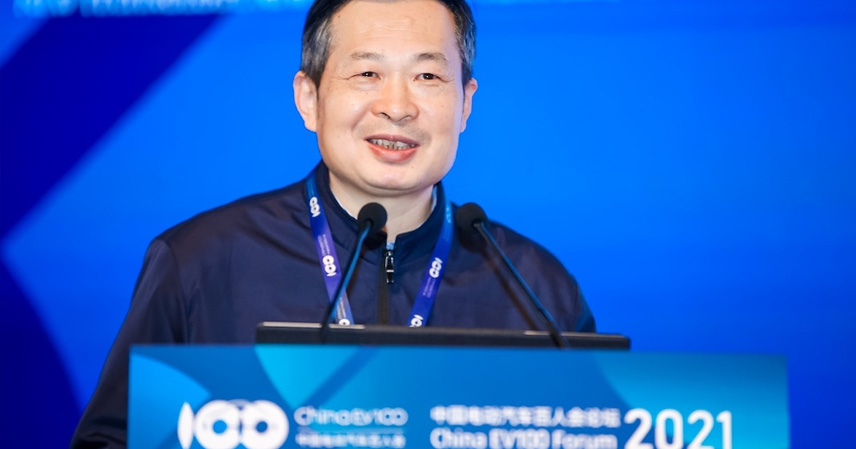On October 9, researchers from the Chinese Academy of Sciences (CAS) announced a major leap in solid-state battery technology, publishing their findings in Nature Sustainability. This new research marks another significant step toward the commercialization of next-generation solid-state batteries, a field long viewed as the “holy grail” of electric energy storage.
The CAS-led team introduced a Dynamic Adaptive Interface (DAI) — a globally pioneering concept that allows solid-state batteries to maintain stable performance under low or even zero external pressure. In other words, solid-state batteries may no longer need high mechanical compression to remain functional, a challenge that has hindered mass production for years.
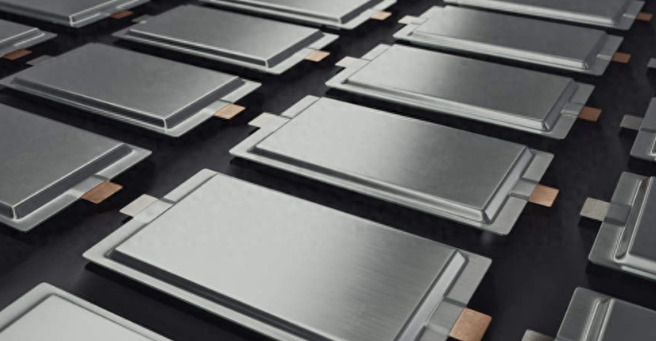
This discovery follows another recent breakthrough by Tsinghua University, whose work on solid electrolytes was featured in Nature just weeks earlier. With two major achievements emerging from China within the same month, optimism about the near-term mass production of solid-state batteries is rising fast.
Tackling the Interface Challenge: A Smarter Solution
Solid electrolytes are safer than liquid ones because they eliminate flammable organic solvents, and they also enable the use of lithium metal anodes — the ultimate benchmark for high energy density. However, lithium’s tendency to expand and contract during charging and discharging has long caused interface voids, leading to electrical resistance, mechanical stress, and even dendrite formation that can puncture the electrolyte.
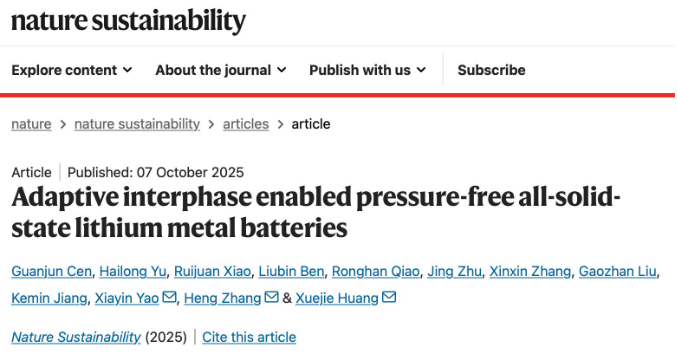
Traditionally, the industry has relied on heavy pressure structures within battery packs to keep the solid layers tightly bonded. This increases cost, reduces space efficiency, and introduces potential reliability risks.
The CAS team’s solution transforms this static interface into a self-regulating dynamic layer. Driven by an electric field, iodide ions migrate to the interface and react with lithium to form a LiI-enriched layer. This “dynamic interface” adapts in real time, providing self-healing, stress equalization, and enhanced ionic conductivity.
Proven Performance: High Capacity and 5C Fast Charging
In lab tests, cells using DAI technology demonstrated exceptional electrochemical stability. Under a pressure of just 0.6 MPa, lithium titanate (LTO) full cells completed 2,400 charge cycles while retaining 90.7% of their capacity.
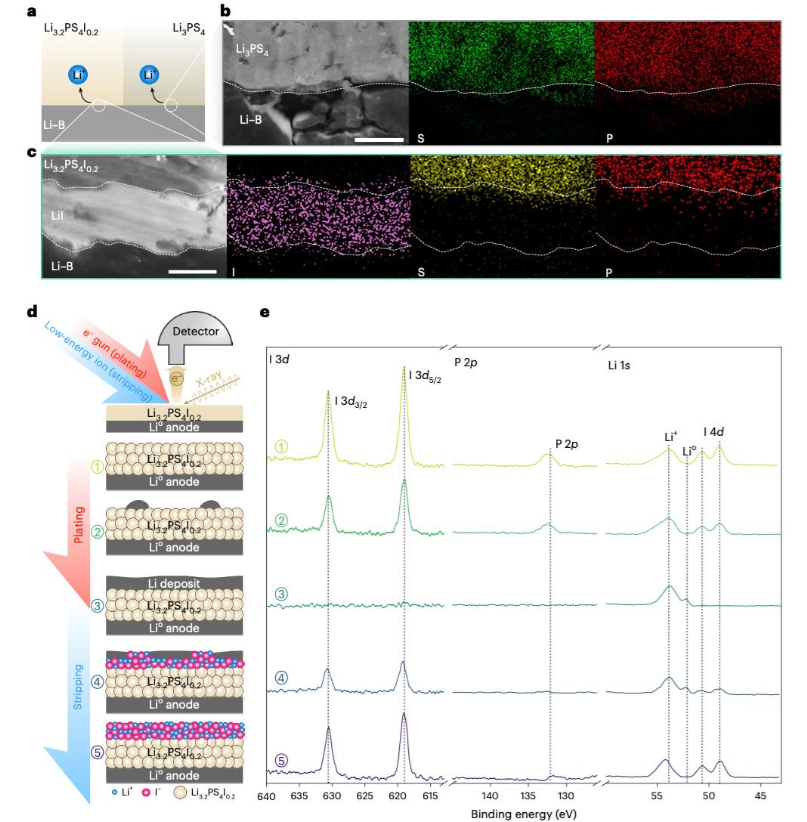
A 3×3 cm prototype pouch cell was pre-compressed at 20 MPa and then operated entirely at zero pressure. Even after 300 cycles, the cell retained 74.4% capacity — a performance previously thought impossible for solid-state systems without external pressure.
Moreover, the cells supported 5C-rate fast charging, showing that the adaptive interface did not compromise ion transport efficiency. Combined with iodine’s abundance and environmentally friendly processing, this innovation aligns with the global low-carbon manufacturing trend.
The Scientist Behind the Breakthrough
The study’s corresponding author, Dr. Huang Xuejie, is a leading expert at the Institute of Physics under the Chinese Academy of Sciences. A PhD graduate from Delft University of Technology, Huang has devoted decades to the study of energy storage materials and lithium-ion transport mechanisms.
He previously led the establishment of China’s first pilot production line for lithium-ion batteries and has been a driving force in the country’s solid-state and high-energy-density battery programs. Huang also serves as Deputy Director of the Songshan Lake Materials Laboratory, one of Guangdong Province’s pioneering research hubs.
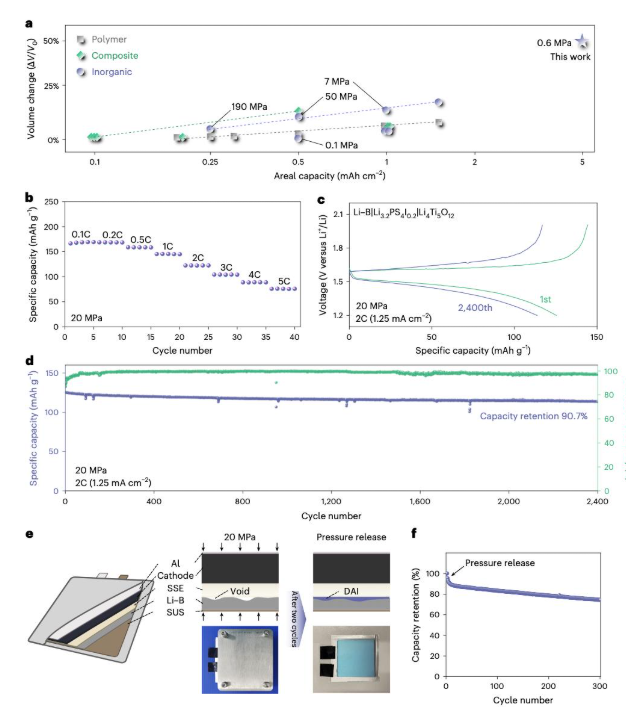
Conclusion: The Future Is Getting Closer
This research shifts the paradigm of solid-state battery engineering — from relying on brute mechanical force to embracing intelligent interface design. The Dynamic Adaptive Interface effectively gives batteries a “self-healing” capability, mitigating stress and maintaining structural integrity during cycling.
By bridging the gap from lab-scale demonstration to pouch-cell validation, this work represents a complete technical loop — theory, mechanism, process, and scalability.
With these advances, the long-awaited era of commercial solid-state batteries no longer seems distant.
References
- Nature Sustainability, October 2025.
- Chinese Academy of Sciences, Institute of Physics.

